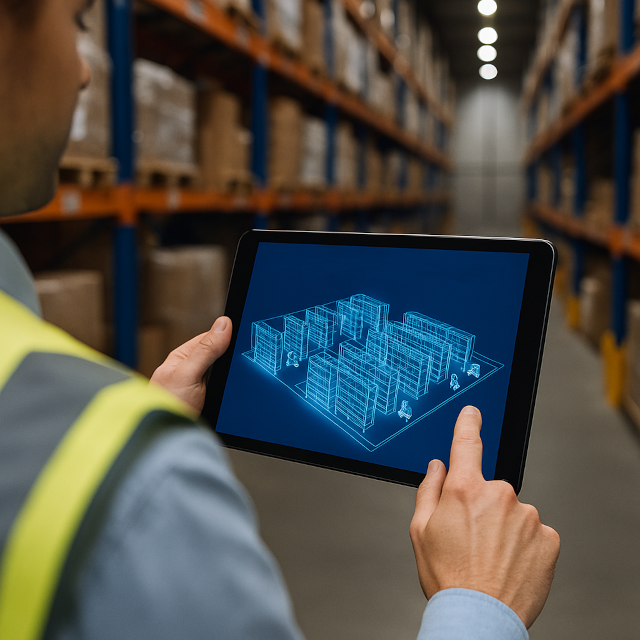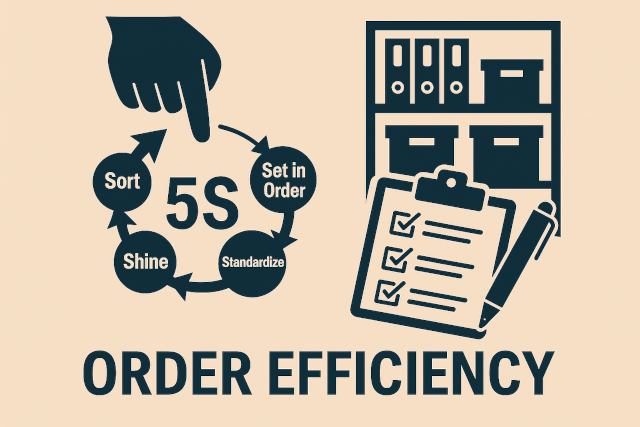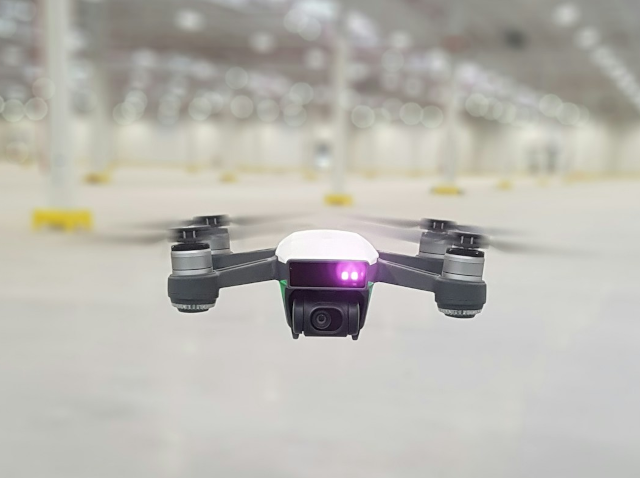Let’s Keep This Simple: What Is a Digital Twin?
A digital twin is a real-time digital copy of something physical—like a machine, a room, a warehouse, or even a full operation.
It’s not just a drawing or a 3D model.
It’s connected to live data, so when something changes in the real world, it updates in the digital world too.
Imagine you had a “live dashboard” version of your warehouse—showing exactly where everything is, what’s moving, what’s delayed, and what’s about to go wrong. That’s a digital twin.
A Real-World Example
Let’s say you run a distribution center. A digital twin might show:
- Which dock doors are in use
- Where inventory is being stored
- If a forklift is delayed or idle
- Temperature readings in cold storage
- Which staging area is about to overflow
- How the floor layout affects picker travel time
You could then test a “what if” question:
What if I move fast movers closer to dispatch?
What if I reassign pick zones to balance labor?
The digital twin shows you the likely outcome—before you change anything in real life.
So… It’s Like a Simulator?
Yes, but smarter.
A simulator is often static.
A digital twin is live, connected, and learning. It updates automatically using data from:
- Warehouse Management Systems (WMS)
- Sensors (temperature, motion, vibration)
- Scanners and barcodes
- IoT devices
- Real-time tracking systems
It’s not a one-time simulation—it’s a continuous reflection of your real-world operation.
Why Digital Twins Are Taking Off
Digital twins are growing fast in logistics, manufacturing, and facilities management. Why? Because they help you:
- Make better decisions faster
- Reduce downtime
- Catch problems early
- Plan layout changes before disrupting the floor
- Improve safety and compliance (especially in cold chain or pharma)
They turn invisible problems—like bottlenecks or slotting mistakes—into visible, fixable insights.
🔗 Want to see warehouse-specific examples? Read:
Digital Twin Technology for Warehousing: Buzzword or Game Changer?
How Is It Different from a Dashboard or WMS?
Here’s the difference:
| Tool | What It Does |
| WMS | Tells you what’s in stock and where it should be |
| Dashboard | Shows summaries and alerts—often delayed |
| Digital Twin | Shows a live, visual model of your system with context, flow, and prediction |
Think of it this way:
- A dashboard tells you what happened
- A digital twin helps you see what’s happening now—and what could happen next
Is It Only for Big, High-Tech Operations?
Not anymore.
You don’t need full automation or robotics to benefit.
Even small and mid-sized warehouses can use basic digital twin tools:
- 2D floor maps with live updates
- Temperature sensors feeding zone alerts
- Time-motion data to simulate pick paths
- WMS-integrated heatmaps
Many WMS platforms now offer entry-level visualizations that serve as a first step into digital twin territory.
Final Thoughts: Why You Should Care
Digital twins help you:
✅ Visualize problems before they affect operations
✅ Make layout or process changes with confidence
✅ Improve collaboration (everyone sees the same model)
✅ Work proactively instead of reacting too late
It’s not just a fancy tech term—it’s a practical tool for making your operation faster, safer, and more predictable.



